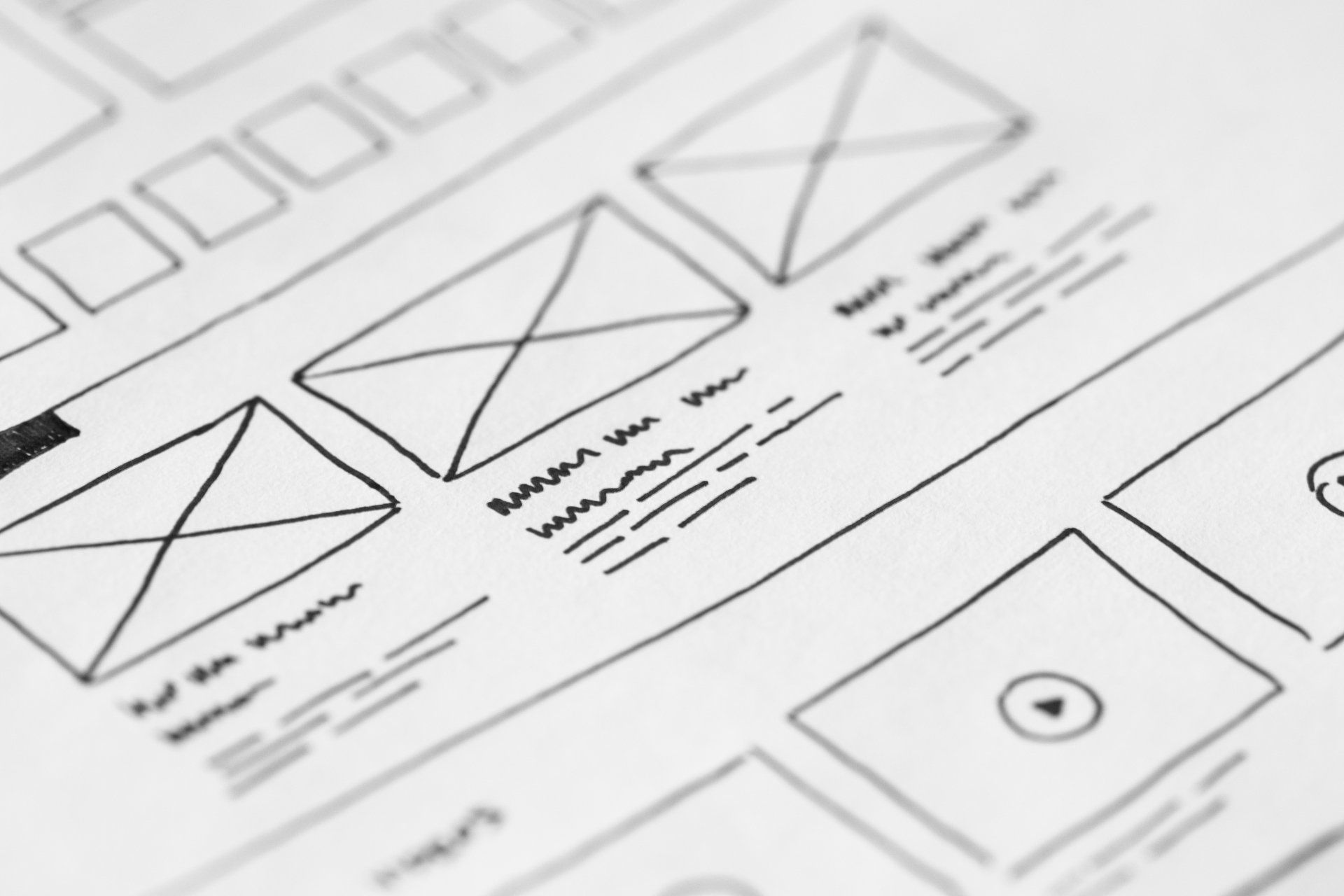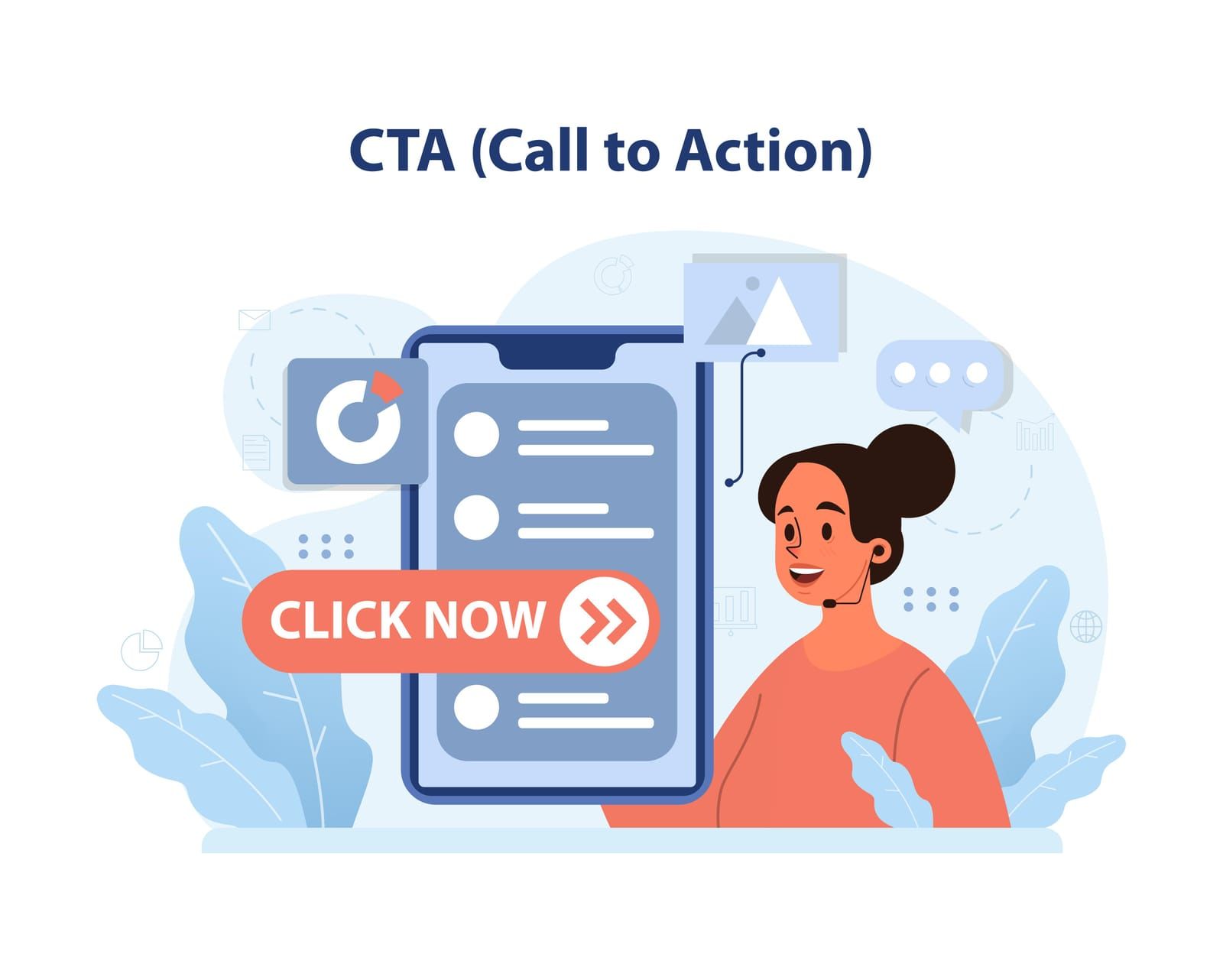Redesigning your website: When and why your business needs it
Heading 1
When was the last time you redesigned your business website (or got a team of experts to do it for you)? If it was more than two or three years ago, the chances are it needs doing again.
The online world moves fast and, in that time, there have been some big changes in both technology and design. So your website needs to move with the times and evolve. It might just need a few tweaks, but sometimes a full redesign and a brand-new website is the answer.
If it is no longer meeting the needs of your customers and your business (maybe you’ve noticed a fall in traffic or purchases?) you should consider a redesign sooner rather than later.
Don’t ever think web design is just about the way your site looks. While the aesthetic of your website is important, it is just a fraction of what you need to change when redesigning your website.
A successful website redesign is about aligning design decisions and your site’s functionality with the goals and needs of your target audience. A redesign can offer a better user experience and better functionality. It is a chance to optimise your pages to drive more traffic to your site.

If you feel like your website no longer fulfils your business goals, it must be time for a change!
Here are some clues that you need to redesign your why website…
Users struggle with navigation
When people visit your website, you want them to be able to move around easily. They need to be able to find the information they need quickly, especially the products they want to buy or the services they want to book!
If it’s too challenging, they will leave your site and go to a competitor whose website is more user-friendly and you have lost a valuable lead.
If your navigation is difficult, your website needs a redesign so that navigation is quick and easy and keeps prospective customers on your site for longer. Clear calls-to-action (CTA) will make it easy for visitors to navigate your site and more likely they will become customers.

Visitors are leaving your site quickly
When you get visitors to your website, you want them to stick around for a while, to make sure they get all the information they need. If they are leaving quickly without converting or making a purchase, especially if they are leaving more quickly than they did previously, that is a sign your website needs a redesign.
It might be a reflection of an outdated site with too many broken links, missing images and other elements not working properly, which is enough to make visitors leave.
Or it could be a sign that your website is doing a reasonable job of telling people about your business and what you do, but not so good at getting them to move on to the next stage and become a customer.
A new design should help reduce your bounce rate and turn website visits into leads for your business.
You’ve updated your brand
Your website is one (very important!) part of your brand. If you’ve updated your brand – whether a new logo, new fonts or new colours, it is essential you update your website at the same time.
When people visit your website, they want to see consistency. Your site should accurately reflect your brand, so if you’ve made any changes elsewhere, you need to redesign your website to match. Otherwise, you could lose brand recognition and potential quality leads.
Your site is slow
A slow website is a dealbreaker for many users. It only takes a fraction of a second for them to become bored and frustrated. If they don’t get the information as quickly as they want it, they are likely to head for a competitor’s website.
There are many elements of your website which could be slowing it down, including pictures, videos and coding. Using Google PageSpeed Insights will analyse your site and flag up any issues. It’s not the easiest thing to understand, so you might need the help of an external company to help understand the data and make the necessary improvements.
A website redesign from Cotswold Web can help you start afresh and optimise the site right from the start so that it loads more quickly.

You haven’t optimised for mobile
Globally, 58% of internet visits are by mobile phone. In some countries and for some sections of the population, that figure is much higher. So it’s hard to believe there are still websites in 2024 which haven’t been optimised for mobile. If your site is one of them, this is an essential redesign you need sooner rather than later.
If you notice you are getting a lot of traffic from mobiles, but they aren’t converting, this could be an indication you have a problem.
People are constantly conducting searches on their smartphones, but if they are forced to look at a desktop site on their mobiles, it will perform very badly – with users having to zoom in and out to try to read the information on the site.
Most businesses rely on traffic from Google, and mobile friendliness is one of the ranking factors for Google search engine results. It has a mobile-friendly test to decide whether a webpage is optimised for viewing on mobile devices. If a page passes the test, it is considered mobile-friendly and may have higher visibility in search results on mobile devices.
It is a lot of work to make an existing site mobile-friendly and probably makes sense to have a complete redesign, meaning you can iron out any other design issues at the same time.
Your website doesn’t reflect your product range
If you’ve recently expanded or changed your product range, it needs to be on your website! If your website doesn’t reflect your product range as it is now, you need to update it or you will miss out on potential sales.
Your website also needs to be updated if it is showing products which are out of stock – particularly if they are out of stock permanently or in the long-term. Any inaccurate information – whether not showing enough products or showing products you no longer stock – makes your brand appear incompetent. If visitors find your website to be inaccurate, they are far less likely to trust your products or services.
If your website doesn’t have the capacity to handle a much bigger product range, it could be time for a full redesign to ensure it has the capability you need.
Your competitor’s website looks better than yours!
If your competitor’s website looks better than yours – it is a no-brainer. You need to redesign your website soon! It doesn’t matter if their product range isn’t as good as yours, because a better looking website will attract more visitors and more customers, which means less customers buying from your business.
You haven’t adapted with your consumers
If your website visits or sales have fallen and there’s no other obvious reason, it could be that the needs of your target consumers have changed. As consumers get older, get married, have children, change jobs etc, their needs change. If you want to keep those customers, you need to adapt to keep up with them or focus on newer consumers who are at a different stage in their lives.
Whether you are trying to keep up with your original target market or aiming for a new target market, you will need a website redesign to attract the right audience to your business.
If any of this sounds familiar, it is time to redesign your website. You might need a brand-new site, or you might just need a few changes to make things run more smoothly. Your potential customers are looking for a website which they can navigate easily, which looks attractive and not dated, and where they can see your full product range.
If you do all of this, your website should be the one which is outdoing your competitors rather than the other way round.
Not sure where to start? Redesigning a website is a big ask if you’re not used to it and could take up a lot of your time. Here at Cotswold Web, we’ve been designing websites since the noughties. We keep up to date with the latest technology and can design a functional and beautiful website for your business which will really convert.
More Posts.





